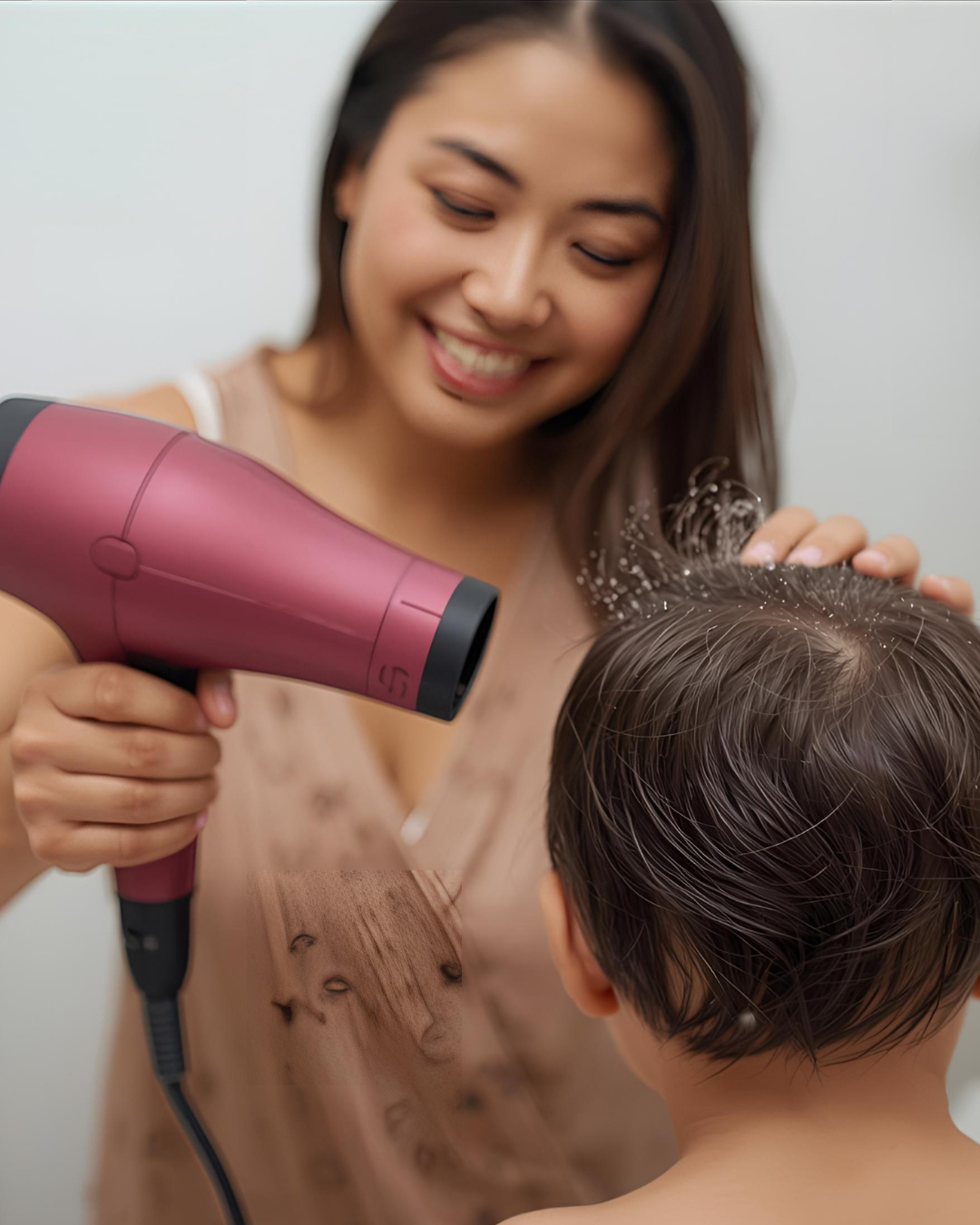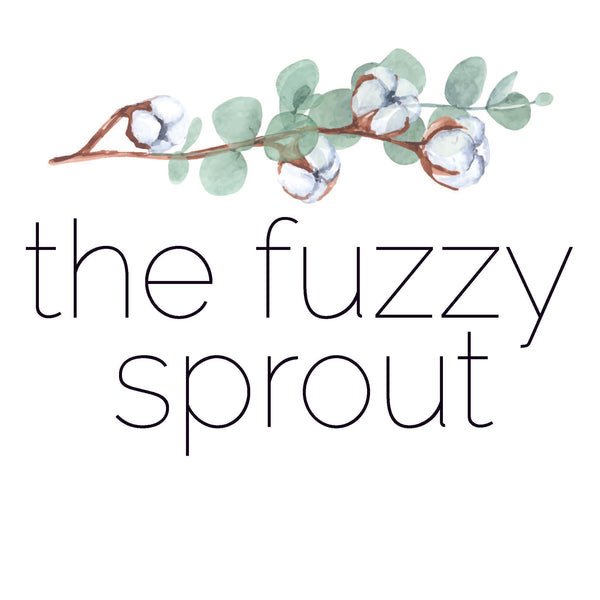
Should You Use a Blow Dryer to Dry Your Baby?
Share
After a warm bath, it’s natural to want your baby cozy and dry as quickly as possible—especially if they’ve got a head full of thick hair that takes forever to dry. But before you reach for the blow dryer, it’s worth knowing why it’s not the safest option for little ones.
Why Blow Dryers Can Be Dangerous for Babies
Blow dryers aren’t designed for baby skin or hair. Here’s why pediatric experts recommend skipping them:
- Burn risk: Baby skin is thinner and far more sensitive than adult skin. Even on a low setting, the heat from a blow dryer can cause burns within seconds if it’s held too close.
- Dryness and irritation: Warm air can dry out a baby’s delicate skin, leading to irritation, flakiness, or eczema flare-ups.
- Noise sensitivity: Most blow dryers run between 70–90 decibels — loud enough to startle or distress babies.
- Overheating: Babies can’t regulate their body temperature easily. Prolonged exposure to warm air can cause overheating, which is a safety concern for infants
When (and How) You Might Use a Blow Dryer
If your baby has long, thick hair that holds water, you might consider a very brief use of a blow dryer on the cool setting.
To do it safely:
- Always use the cool or lowest setting (never warm or hot).
- Keep the dryer at least 30 cm (12 inches) from your baby’s head.
- Keep it moving constantly — never focus on one spot.
- Test the air on your wrist first; if it feels warm, it’s too hot for baby skin
Still, towel-drying remains the safest and most effective option.
What About Sleeping With Damp Hair?
Many parents worry that letting a baby sleep with damp hair could cause a cold — or even mold. Here’s what parents should know:
1. Damp hair doesn’t cause colds.
- According to the Mayo Clinic, being cold or having wet hair doesn’t cause colds — viruses do. (Mayo Clinic News Network)
- As long as your baby is warm, dressed appropriately, and the room isn’t drafty, sleeping with slightly damp hair is perfectly safe.
2. Mold can’t grow on a baby’s scalp
- Mold requires persistent, trapped moisture and organic matter — like wet walls or unwashed fabrics — to grow. A baby’s scalp dries quickly after bath time, and their natural oils help protect against excess moisture.
- Even if your baby goes to bed with slightly damp hair, their scalp doesn’t stay wet long enough for mold to form. Mold could only become an issue if bedding or fabrics remain wet for long periods, such as after a spill or leak that isn’t washed and dried properly.
3. Keep an eye out for damp bedding
- In theory, if a pillow or mattress stays wet night after night and doesn’t fully dry, mold could develop inside the fabric or foam. That’s very different from a child’s scalp, which dries quickly after bath time. In short: a damp scalp won’t grow mold — just make sure towels, bedding, and bath accessories are washed and fully dried regularly to keep your baby’s environment fresh.
To prevent any issues:
- Wash hair earlier in the evening so it has enough time to air dry before bedtime.
- Pat your baby’s hair with an absorbent towel — it doesn’t need to be bone-dry, just mostly dry.
- Let bedding and pillows fully air out during the day.
- Use breathable, washable covers like cotton.
- Wash bedding weekly and dry thoroughly.
The Better Option: A Soft, Absorbent Towel
A soft, high-quality towel designed for babies absorbs moisture quickly and safely — especially from the scalp — without rubbing or overheating.
So skip the blow dryer, grab a soft, absorbent towel, and enjoy a calm, cozy end to bath time. A hands-free towel that secures around you makes the process easier and calmer for both parent and baby (and keeps you dry, too) —discover how The Fuzzy Sprout’s Lift, Unsnap & Wrap towel keeps your hands free and your baby warm, so you can skip the blow dryer and soak in the snuggles instead.
